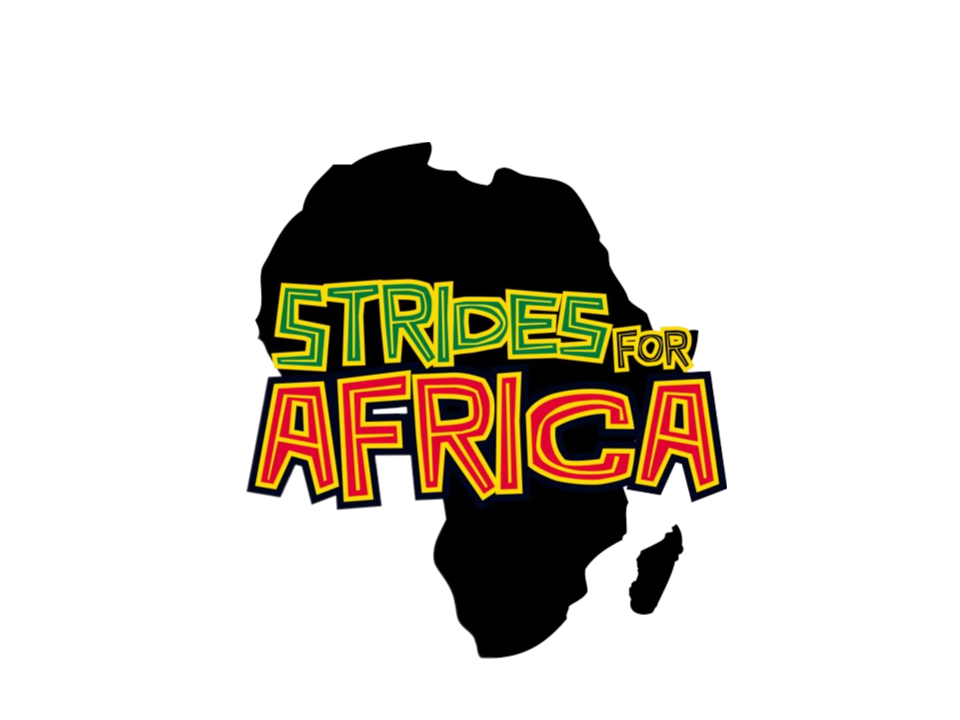Everyone Deserves Drinkable Water
“Every day, we make strides in bringing more clean water access in Sub-Saharan Africa but there are still miles to go. Stay informed!”
Water Facts in Countries Where We Work:
SIERRA LEONE
2.9 million people still living without clean water and 6.3 million people don’t have a decent toilet in Sierra Leone. (source: wateraid.org)
The government is doing a feasibility study to pipe water 60 kilometers (37 miles) to Freetown from the Rokel River, the country’s biggest. (source: reuters.com)
RWANDA
Only 57 percent of the population access safe drinking water that is within 30 minutes of their home and 64 percent of the population in Rwanda have access to these sanitation services.
(source: unicef.org)
The population percentage in Rwanda that was using safely managed drinking water services increased from 4.74% to 9.92% from 2000 to 2017.
(Source: worldbank.org)
ETHIOPIA
In Ethiopia, 60 to 80 percent of communicable diseases are attributed to limited access to safe water and inadequate sanitation and hygiene services.
(source: unicef.org)
Ethiopia achieved its Millennium Development Goal target of 57 percent access to safe drinking water, halving the number of people without access to safe water since 1990
(source: usaid.gov)
LIBERIA
18 percent of deaths in Liberia are from diarrhea, malaria, and cholera, all waterborne diseases. (source: thelastwell.org)
Only 17 percent of the population has access to safely managed and basic service sanitation. (source: globalwaters.org)
KENYA
59 percent of Kenyans have access to basic water services and only 29% have access to sanitary services. (source: unicef.org)
Kenya’s National Water Master Plan 2030 estimates that $14 billion in investment in water supply and $5.4 billion in investment in urban sewerage infrastructure are needed over the next 15 years. (source: globalwaters.org)
THE GAMBIA
45.3 percent of the water sources are contaminated with E.coli, and 73.2 percent of the household population had E. coli in household drinking water.
(source: unicef.org)
90% of the population has access to improved water sources in 2018 compared to 86% in 2010
(source: unicef.org)
Water Facts from water.org

